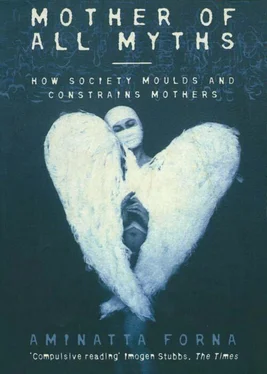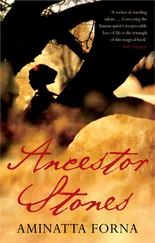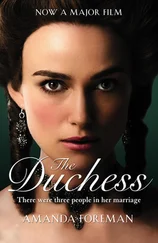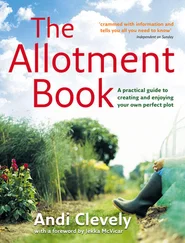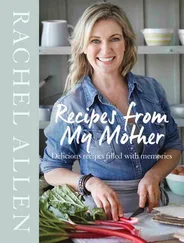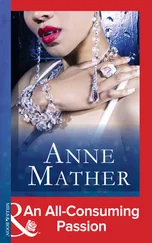Early in the twentieth century, Sigmund Freud was expanding his theories of human behaviour and the development of personality. The resulting discipline of psychoanalysis has, at its core, the belief that early experiences in childhood set in place events and behaviour in later life. It is this idea, which was built upon and developed by Freud’s disciples, that is central to the tendency, which later became endemic, to blame mothers for their children’s misfortunes and to scrutinize the relationship between mothers and their children.
Freud, however, was actually far more interested in the relationship between boys and their fathers and the resolution of the Oedipal conflict which was the foundation stone of all his theories. He did not actually delve deeply into the personality or behaviour of the mother, nor was he concerned with specific childrearing practices, believing instead that babies are driven by powerful instincts and love their mothers who are the people who feed, warm and comfort them. But he did explicitly point to the direction in which psychoanalysis was to progress by describing the mother-child relationship as ‘unique, without parallel, established unalterably for a whole lifetime as the first and strongest love-object and the prototype of all later love-relations – for both sexes’.
Freud’s sexism is notorious and has been the subject of criticism both from within psychoanalysis as well as outside. He saw women as castrated men and wrote of their ‘sense of inferiority’ and of the blame young girls place on their mothers for their lack of a penis which has left them for ever ‘insufficiently equipped’. 1 Motherhood was women’s salvation and compensation for being without a penis, particularly if they bore a male child equipped with the prized piece of anatomy.
Only in relatively recent times, with the advent of feminist thinking in all disciplines including psychoanalysis, have Freud’s theories about women been properly addressed. In the 1970s Kate Millett, the American feminist, accused Freud and his followers of overlooking in their entirety existing social structures and notions of femininity which, rather than biology, might account for women’s social status. In other words, Millet argued that nurture rather than nature might account for gender differences.
From within the therapy movement, psychologists Dorothy Dinnerstein and Nancy Chodorow have both powerfully reinterpreted Freud’s theories on motherhood. In The Mermaid and the Minotaur, published in 1977, Dinnerstein presents the idea that small children develop a rage against their mothers (which is never properly overcome) as the person who alone has the power to grant or withhold what the child desires. Chodorow says it is the girl’s unconscious identification with her mother, while boys see themselves as different and separate, that endlessly reproduces gendered divisions of labour and women’s exclusive responsibility for nurturing children: girls copy their mothers mothering. Both women argue that society and the position of women and mothers will improve only when men take on their share of responsibility for their children.
So, in the first three decades of the century, while Freud was producing his theories, the essential elements which would eventually produce our modern maternal ideology were coming together. The medicalization of motherhood – the result of an increased scientific understanding – removed childcare from the hands of women and placed it in the hands of experts. Soon most babies in Britain would be born in hospital and this, added to the creation of the welfare state in the post-war period, dramatically decreased the infant mortality rate. For the first time in history, parents did not need to fear the death of their children.
Concern for the physical health of children was immediately replaced by new considerations for their mental health and psychological well-being. The psychoanalyst John Bowlby highlighted this concern with his theory of ‘attachment’; in other words, the biological bonds between mother and child urgently required that, in the post-war period, women should return en masse from the world of work to their rightful place, as he saw it, in the home. Between them these men – and with very few exceptions they were all men – created the ideal of the 1950s stay-at-home, full-time mother.
The gurus rose fast in their respective fields, amassing tremendous fame and influence, but one by one their theories have been reconsidered by subsequent generations and either debunked or rethought. Today, no one would dream of leaving a young baby to sleep outside on a cold night, as Truby King once advised. Bowlby’s ideas have been revisited and watered down. In modern times, Marshall Klaus and John Kennell, two Bowlby followers, presented their theory of bonding to a receptive public, only to have their methods criticized and their findings overturned by their peers. Few were unmasked as spectacularly as Bruno Bettelheim, a world-famous psychoanalyst and expert on autism. Bettelheim’s theory that autism, now recognized to have an organic genesis, was caused by extremely brutal treatment at the hands of the children’s mothers gained wide acceptance, despite the protests of the accused women. Bettelheim’s solution was to separate mother and child and allow no contact between them. Only after his death by his own hand in 1990, when an American investigative journalist Richard Pollack (whose own mother had been blamed for his brother’s autism by the doctor) delved into Bettelheim’s background, did the truth emerge. 2 Bettelheim had fabricated his credentials including his training as a psychoanalyst, faked research and claimed to have cured children he never even treated. In all, he was a fraud who tormented and vilified mothers, and influenced the way emotionally disturbed children were treated for decades.
Most of the childcare gurus make one unequivocally positive contribution to childcare and with Truby King it was the revival of breastfeeding, which at that time had become thoroughly unfashionable. ‘Breast is best’ was his saying and his achievements, including halving the infant mortality rate in New Zealand, are undoubtedly due to that single premise. Otherwise posterity has not judged Truby King kindly. His approach to childrearing was strict, forceful and unyielding. He bullied, cajoled and threatened mothers whom he appeared to regard as the weak link in the entire process (he once commented in exasperation that if men had the capacity to breastfeed they would have the sense to do what he said) and he advocated for the care of small babies a regime of almost military harshness.
Babies were to be fed only every four hours and at no other time, regardless of how much they cried or however apparent their distress. He also forbade mothers to feed at night at all, urging them to let their babies ‘cry it out’ rather than give in. To do so would have been to spoil the child. The Truby King method also discouraged physical contact between mother and child, including kissing or cuddling which was considered unnecessary as well as unhealthy and highly likely to pass on germs. Playing with babies would only overexcite them and for that reason was frowned upon. Of course, many women broke the rules and hugged or played with their babies only to berate themselves about it afterwards.
A flick through his most famous book, Care and Feeding of Baby, reveals what has become the standard style for babycare books even today: the only two characters are Mother and Baby (fathers have no role except to earn money); baby is always a boy; the family arrangements are nuclear. The prose is classic ‘carrot and stick’. The author uses his professional status to back up his mixture of inducements and warnings. Mothers would achieve peace and perfection if they followed his advice.
Читать дальше
